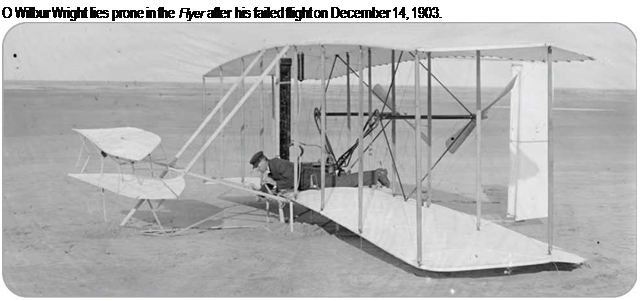Kite
|
A |
kite is a lightweight, wing-like aircraft. It is usually flown at the end of a long string held by a person on the ground. A kite is supported by the wind which pushes against its surface to provide lift. Stunt kites can fly turns, loops, and other acrobatic maneuvers. There are various shapes and sizes of kites, from toy kites flown by children to kites big enough to lift a person.
The Chinese were flying kites at least
2,0 years ago and maybe even as long ago as 1000 b. c.e. In 1295, Marco Polo (1254-1324), the first European explorer known to visit China,
reported man-lifting kites there. Box kites were used in experiments by early aviation pioneers. Samuel Cody flew man-lifting kites in the 1890s, and such kites were used for observation over the battlefields of World War I (1914-1918). The Wright brothers also flew kites to test their ideas about airplanes.
Types of Kites
There are several designs of kites. A traditional plane surface, or flat kite, can be made from a long stick with a shorter stick fixed crosswise at a point just above the middle. The cross-shaped frame is covered with paper, plastic, or fabric. A flat kite requires a tail for stability and balance. One end of the long flying line, wound around a reel or holder, is fastened to a bridle, which is made from two or more lengths of string tied firmly to the kite frame. A flat kite is best launched into the wind; the person flying the kite unwinds the line and draws it taut before another person tosses the kite into the air. With a few tugs on the line, the kite should soar upward.
The delta kite is a triangle shape that has a fabric keel instead of a string bridle. Delta kites are good stunt fliers. The bow kite is like a plane or flat kite, but has a curved underside, since the crossstick is bent like an archery bow. A typical bow kite is the diamond-shaped Eddy kite, named for William A. Eddy,
O Kite flying is an important and symbolic tradition in Asia, where beautiful kites have been made for centuries.
BENJAMIN FRANKLIN’S KITE
One of the most famous and dangerous kite flights was made by American inventor and statesman Benjamin Franklin in 1752. He flew a kite during a thunderstorm, having attached a metal key to the line. Franklin’s intention was to demonstrate that lightning is a form of electricity. When lightning struck a metal wire on the kite, a charge of electricity flashed down the wet line, and Franklin saw a spark from the key. The experiment had worked, but it was very dangerous, and Franklin was lucky to have escaped with his life.
v_________________ /
who patented it in 1891. The box kite, invented in 1893 by Lawrence Hargrave from Australia, can be rectangular, triangular, or even sixsided. The parafoil kite, invented by Dominic C. Jalbert in 1963, has a parachute-like fabric structure and no rigid frame-it takes shape when it is filled with wind.
Kite flying is a popular pastime all over the world. In Afghanistan, China, and Japan, kite festivals attract large crowds to watch colorful kites in the shapes of birds, butterflies, dragons, and fish. Musical kites, with reeds or vibrating strings, make whistling or wailing notes in the wind.
|
О Over the years, as aerodynamic understanding has increased, kites have developed different shapes and designs. |
N
SEE ALSO:
• Hang Glider • Microlight • Wright, Orville and Wilbur
_______________________________________________ /
 |
Kitty Hawk Flyer
Type: Experimental powered glider. Manufacturers: Orville and Wilbur Wright. First flight: December 17, 1903.
Use: Powered and sustained flight carrying a pilot.
|
T |
he Kitty Hawk Flyer was an aircraft that made history. It was the first airplane to make a controlled, powered flight carrying a human passenger. The Flyer was built by two brothers, Orville and Wilbur Wright, and took to the air on December 17, 1903, from sand hills at Kitty Hawk in North Carolina.











